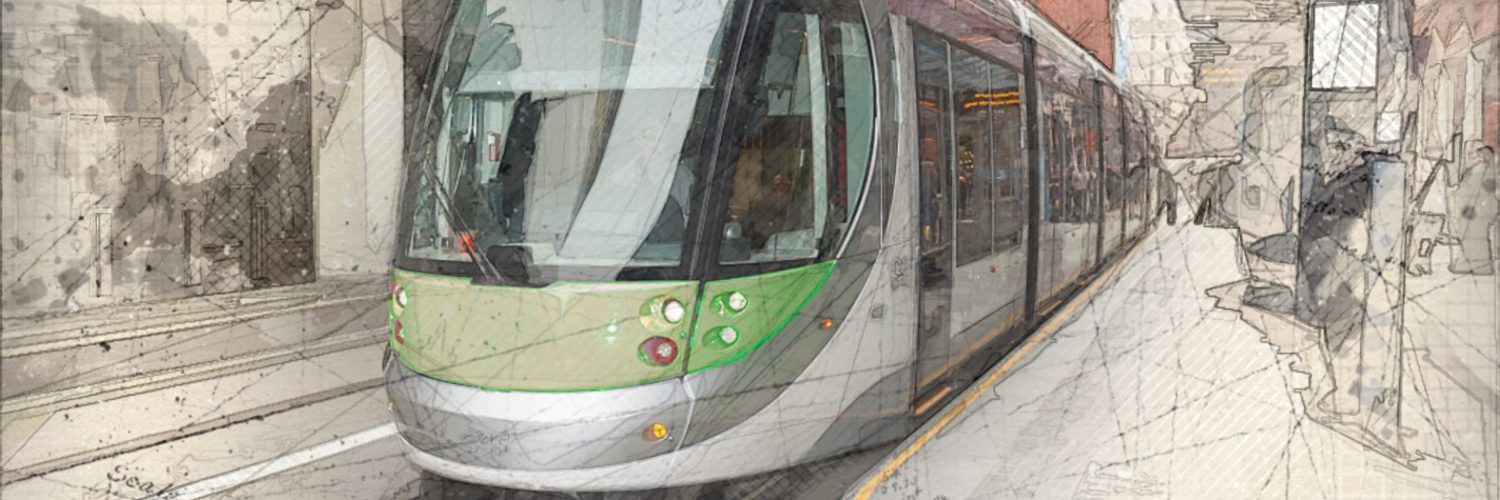People use buses because they have to. They use rail because they want to. Compare the spread of people from all walks of life that you see on the London Underground or city tram networks anywhere to that on any bus service. Perhaps it’s the ride quality, the ticketing, the ability to move around or the combination of all these and several other factors.
Whatever the case, it’s a fact of life, and it’s why I’m still waiting to hear about a bus-based system which has proved to be more popular than light rail (trams).
The bus industry has few cheerleaders in the world as enthusiastic as Cambridgeshire. Our pioneering ‘guided busway’ cost us millions of pounds just to be innovative, and the world has not exactly been queueing up to copy us. The latest designs of articulated buses (dressed up to look like trams, of course) had a sales pitch focusing on the lower infrastructure costs, but now even the proponents are admitting costs will be as high as light rail.
There are also claims of matching light rail on environmental performance, which are simply untrue. Buses are less energy-efficient, and their short-lived rubber tyres produce particulates in the atmosphere and mountains of waste.
And they’re still buses. There are examples from all over the world of how light rail gets people out of their cars. You’d have to look a lot harder to find buses doing so.
These unproven buses in a tram’s clothing will apparently use some sort of (optical) guidance system which would enable the bus to run more quickly, like a rail-based vehicle. Presumably this would be so millimetre-accurate that the bus could run through tunnels at high speed without scraping the sides, as well as be reliable enough to operate out in the countryside without being affected by snow or anything else on the line.
If there was no alternative, developing a unique technology might be necessary. But there is an alternative. It’s called light rail, and Cambridge shouldn’t be scared of buying proven technology. In this case, the popular option is also the right one.
This article was first published in the Cambridge Independent on 29 May 2019.



Add comment